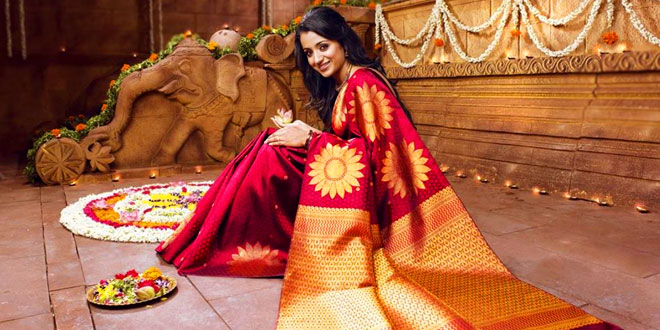Question: What was ‘shoe respect’ rule? Name two Governor Generals who insisted on this rule.
Answer: According to the ‘shoe respect’ rule it was insisted that Indians should take their shoes off as a sign of respect before appearing in courts or in front of British officials. Lord Dalhousie and Governor General Amherst insisted on this rule.
Question: How did the political control of India help the British Government?
Answer:
- Indian peasants could be forced to grow crops such as indigo, and cheap British manufacture easily replaced coarser Indian one.
- Large number of Indian weavers and spinners were left without work, and important textile weaving centers such as Murshidabad, Machili- patnam and Surat declined as demand fell.
Question: What was Rabindranath Tagore’s opinion regarding the national dress?
Answer: The Tagore family of Bengal experimented in 1870s with designs for a national dress for both men and women in India. Rabindranath Tagore suggested that instead of combining Indian and European dresses, India’s national dress should combine elements of Hindu and Muslim dresses. Thus, the chapkan (a long buttoned coat) was considered the most suitable dress for men.
Question: How were clothes used by Gandhiji during the national freedom for struggle?
Answer: Gandhi ji made spinning on the charkha and the daily use of Khadi, or coarse cloth made from homespun yam, very powerful symbols. These were not only symbols of self-reliance but also of resistance to the use of British mill-made cloth.
Question: What were the ‘Sumptuary Laws’ in France?
Answer: From about 1294 to the time of the French Revolution in 1789, the people of France were expected to strictly follow some dress codes. These dress codes or laws related to wearing of clothes were known as ‘Sumptuary Laws’. Following were the major features of these laws:
- The laws tried to control the behavior of those considered social inferiors, preventing them from wearing certain clothes, consuming certain foods and beverages (usually this referred to alcohol) and hunting game in certain areas.
- In medieval France, the items of clothing a person could purchase per Year was regulated, not only by income but also by social rank.
- The material to be used for clothing was also legally prescribed. Only royalty could wear expensive materials like ermine and fur or silk, velvet and brocade. Other classes were debarred from clothing themselves with materials that were associated with the aristocracy.
Question: Give any two examples of the ways in which European dress codes were different from Indian dress codes.
Answer: In different cultures, specific items of clothing often convey different messages. This was also true in case of European dress codes and Indian dress codes.
- Turban and hat: According to western traditions, a hat had to be removed before social superiors as a sign of respect. But in India, the turban was not just for protection from the heat but it was a sign of respectability and could not be removed at will. The British felt offended if the Indians did not take off their turbans when they met British officials.
- Use of shoes: When the British established their rule in India, they insisted that the Indians should take off their shoes as a sign of respect to the British officials. Many Indians, especially the government servants, were increasingly uncomfortable with such rule.
Question: ‘Though there were no formal sumptuary laws in India but it had its own strict social codes of food and dress’. Explain by giving examples.
Answer:
- During the 18th and 19th centuries the caste system in India was very rigid. The caste system clearly defined what subordinate and dominant caste Hindus should wear, eat, etc. and these codes had the force of law. No caste or community was allowed to overlook these codes. For example, when the lower caste people belonging to Shanar caste tried to cover their upper body they were attacked by Nairs, an upper caste.
- When in 1820 Shanar women tried to wear tailored blouses and clothes they were attacked by the Nairs. Even complaints were filed in the court against this dress change and Governor of Travancore issued a pro-clamation ordering Shanar women to abstain in future from covering the upper parts of the body.
- The abolition of slavery in travancore in 1855 led to even more frustration among the upper castes. In October 1859, riots broke out and Governor was forced to issue proclamation permitting Shanar women, whether Christian or Hindu to wear a jacket or cover their upper bodies in any manner whatever but not like the women of high castes.
 Class Notes NCERT Solutions for CBSE Students
Class Notes NCERT Solutions for CBSE Students






Very good – Improved a lot.